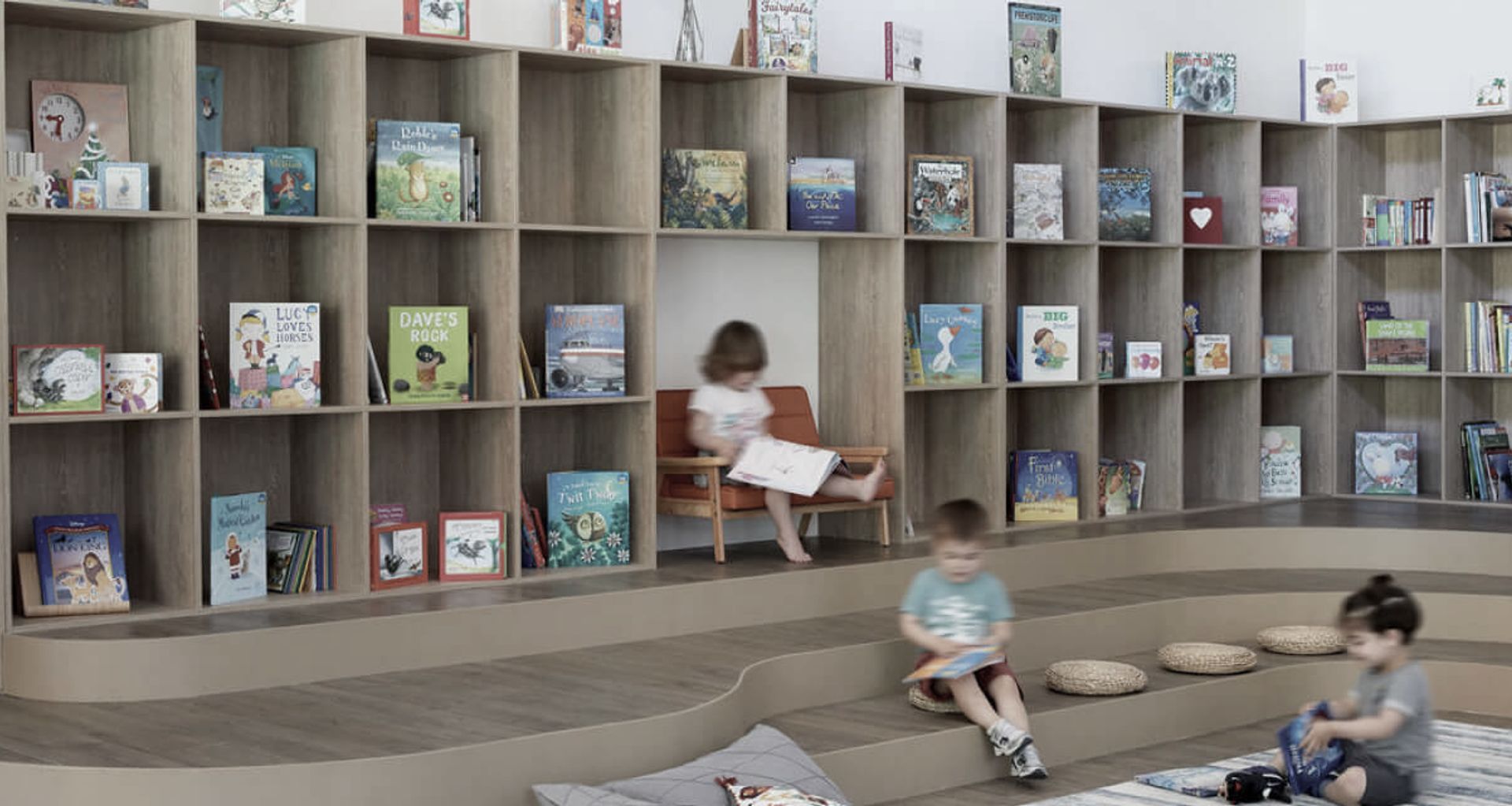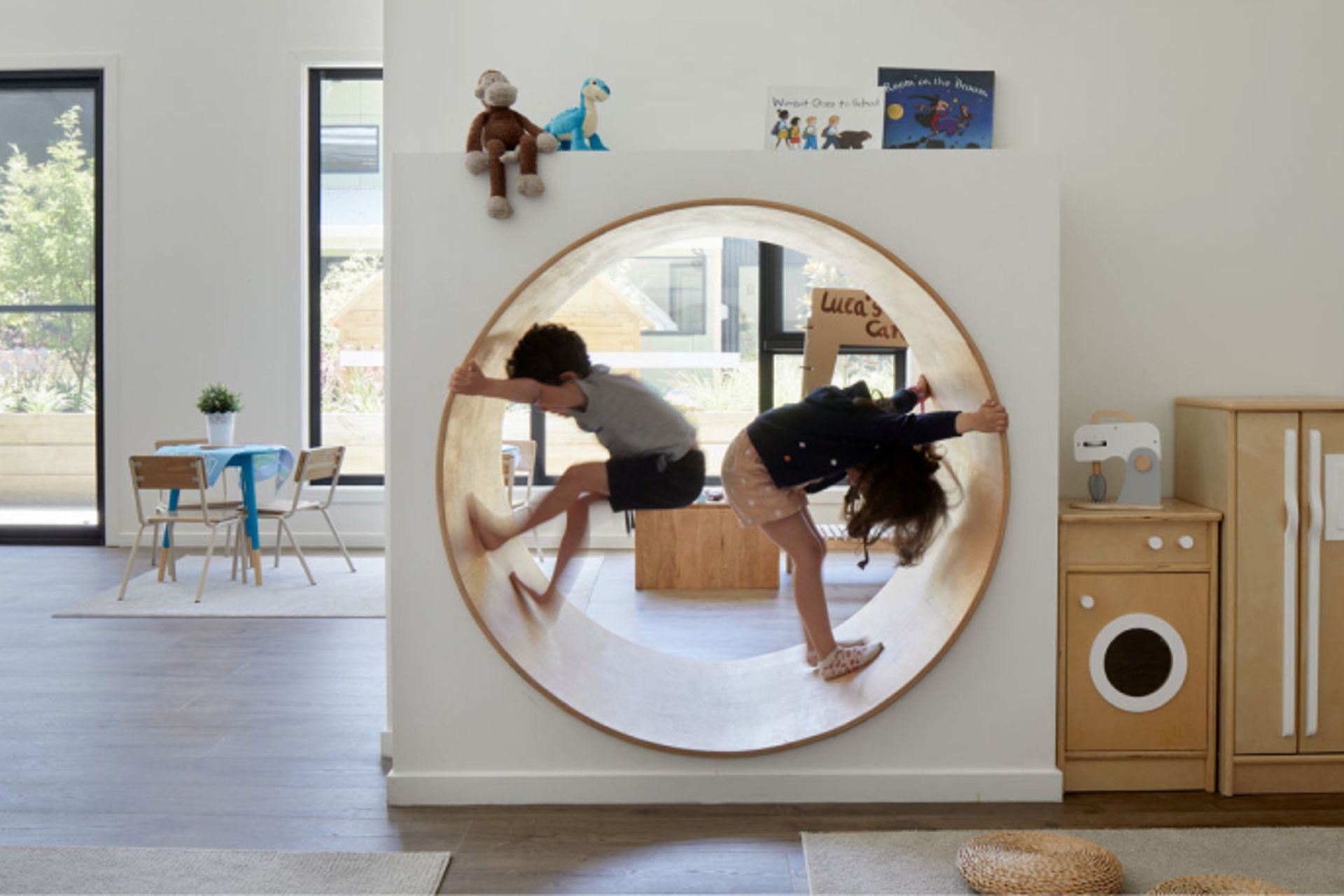Collaboration is key for successful early learning centre developments

Property developers entering the early learning sector for the first time may be wondering about the best way to execute these projects. In my experience, the projects that achieve the best commercial outcomes are those that involve close collaboration between developer and operator, under the guidance of an architect.
Achieving a good return on investment means building early learning centres that quality operators want to purchase or lease. Getting an operator in place at the outset provides surety, particularly since early learning centres are not cookie-cutter facilities – operators are keen to ensure that their own particular methods and philosophies are reflected in the design of their centre.
These are deceptively complex projects with a range of regulatory requirements that must be met that have serious implications for feasibility of any given site.

Involving an operator from the outset
There is a reason why I am using the term ‘early learning’: the industry has evolved far beyond simply providing ‘childcare’. As stated on the Victorian Department of Education’s website, “Research tells us that early brain development is critical in shaping the learning, development, health and wellbeing of children. Quality early childhood education is key to improving children’s outcomes before, during and after the school years.”
It is this research that is driving greater consumer expectations around the quality of early learning, an increase in providers aiming to offer premium childcare services, as well as the Victorian state government’s decision to fund three-year-old kinder while all other states and territories fund kinder from 4 years of age.
Sheela Edwards is the CEO of Aurora Early Education, an emerging Victorian-based childcare provider. Their approach is informed by international best practice and Australian early learning curriculum guidelines. Aurora Early Education currently operates two centres in Melbourne’s eastern suburbs and are keen to grow their footprint in order to expand access to their high quality services.
“Early learning centres are community facilities, and our approach involves reflecting the local history and culture of the area that we are operating in. We also have specific spatial requirements, such as a centrally located kitchen and dedicated areas for staff to collaborate and take respite from the caring environment”, explains Sheela.
“These are some of the reasons why we like being involved in the design of our centres from the outset.”
Considerations such as these go beyond the standard regulatory requirements and are a great example of why working collaboratively with a provider can result in a higher value asset, with better potential for sale to, or lease by, a quality provider.
The role of an architect
As architects, we play a key role in the early learning centre projects we work on, combining the developer’s commercial objectives and the early learning operator’s particular spatial needs. This is an ongoing process of value management as we work to maintain the developer’s yield while achieving the operator’s design requirements.
Assisting with site selection is a core element of this. We are able to assess whether a site can achieve the minimum regulated spatial requirements, the operator’s brand or philosophy-based design specifications, as well as the developer’s construction budget.
In Sheela’s view, the role of the architect during the building design process is crucial.
“An architect is able to merge the legislative requirements, the client’s vision and the developer’s budget. This ability to merge a broad range of requirements is the key role of the architect,” says Sheela.
Using our architectural expertise, we find various ways to add value to every project. These can be simple things, such as maximising natural light and ventilation, which research has shown is optimal for learning environments, or applying passive design principles to create energy-efficient, thermally comfortable facilities.
We also have experience in the interior design and fitout of these facilities and are able to combine evidence-based principles for effective learning environments, creative design to create inspiring spaces that reflect the operator’s brand and the selection of finishes that will endure the hard-wearing environment of a highly utilised childcare facility.
With increasing childcare subsidies on the political horizon, funding of three-year-old kinder in Victoria, strong stimulus support for the sector during Covid and the strong recovery of the Australian economy since the pandemic’s onset, Australia is positioned for continued growth in the early learning sector.
